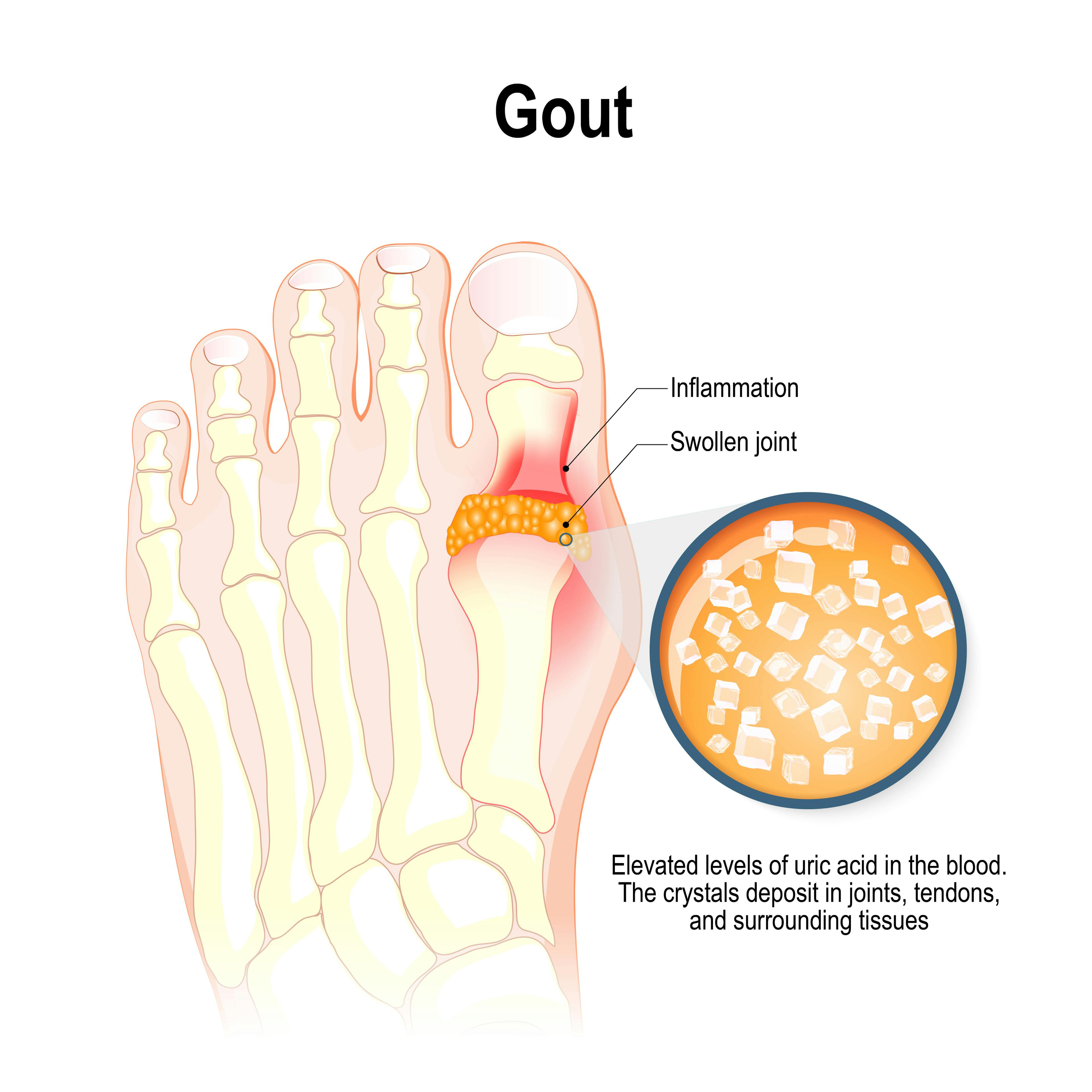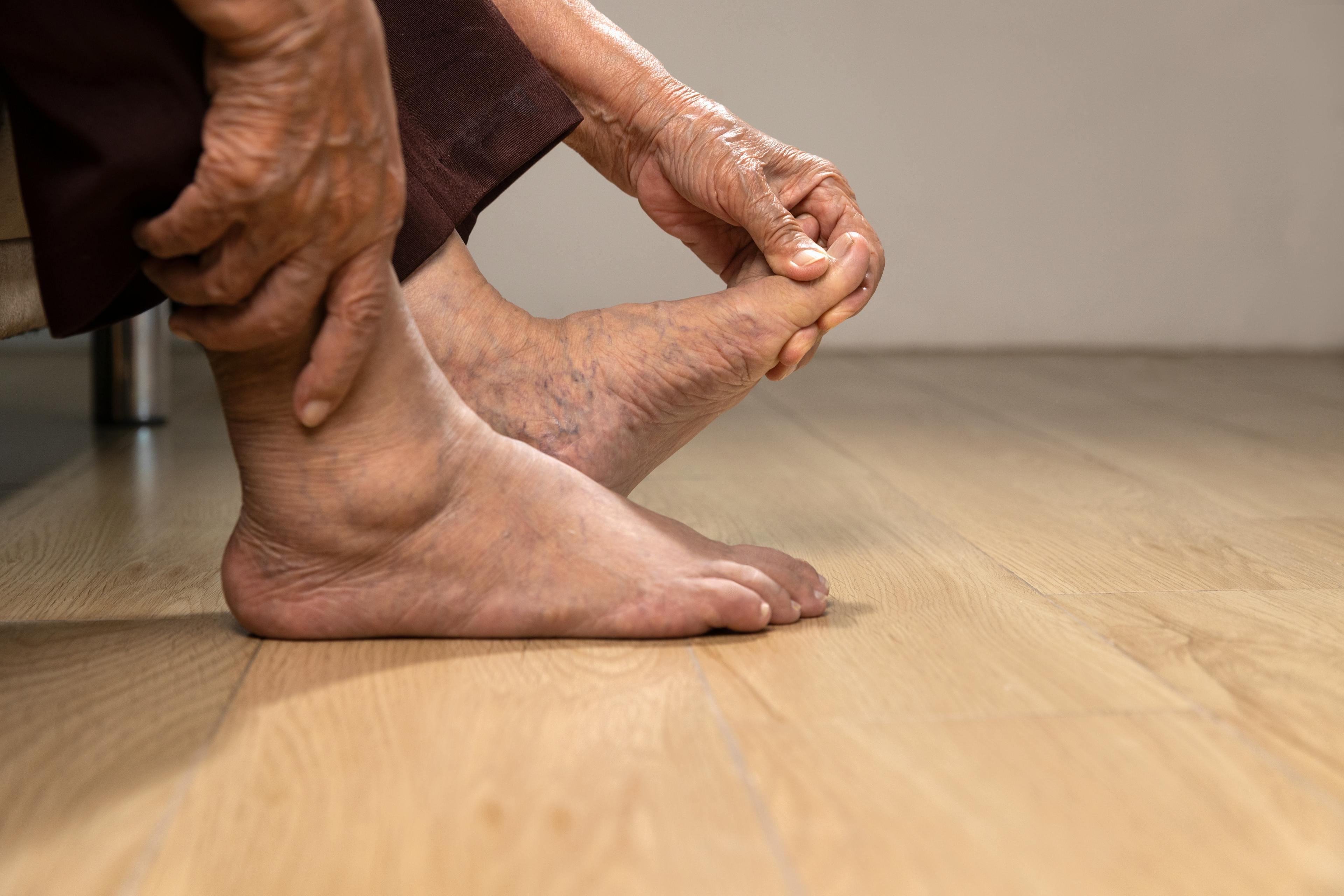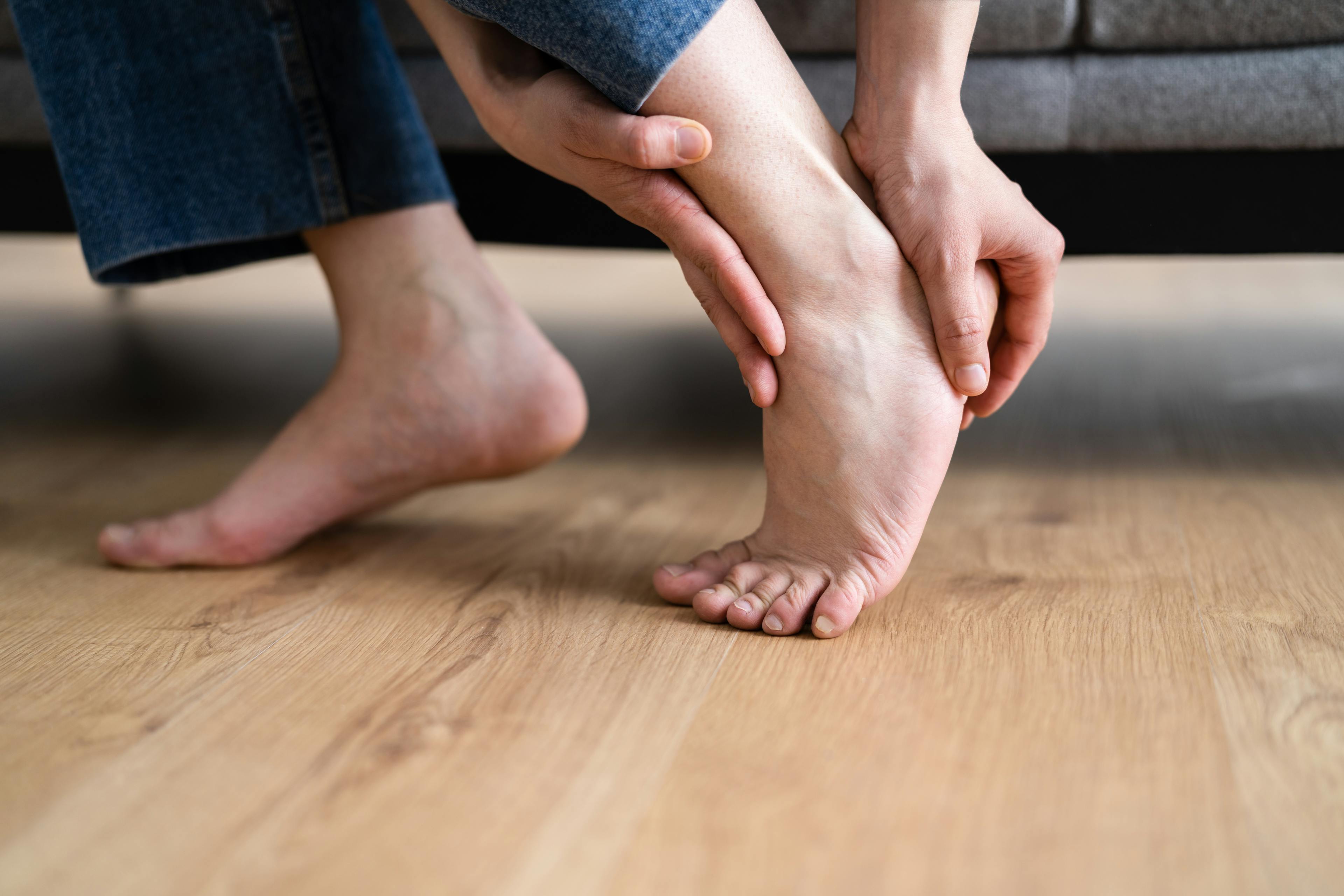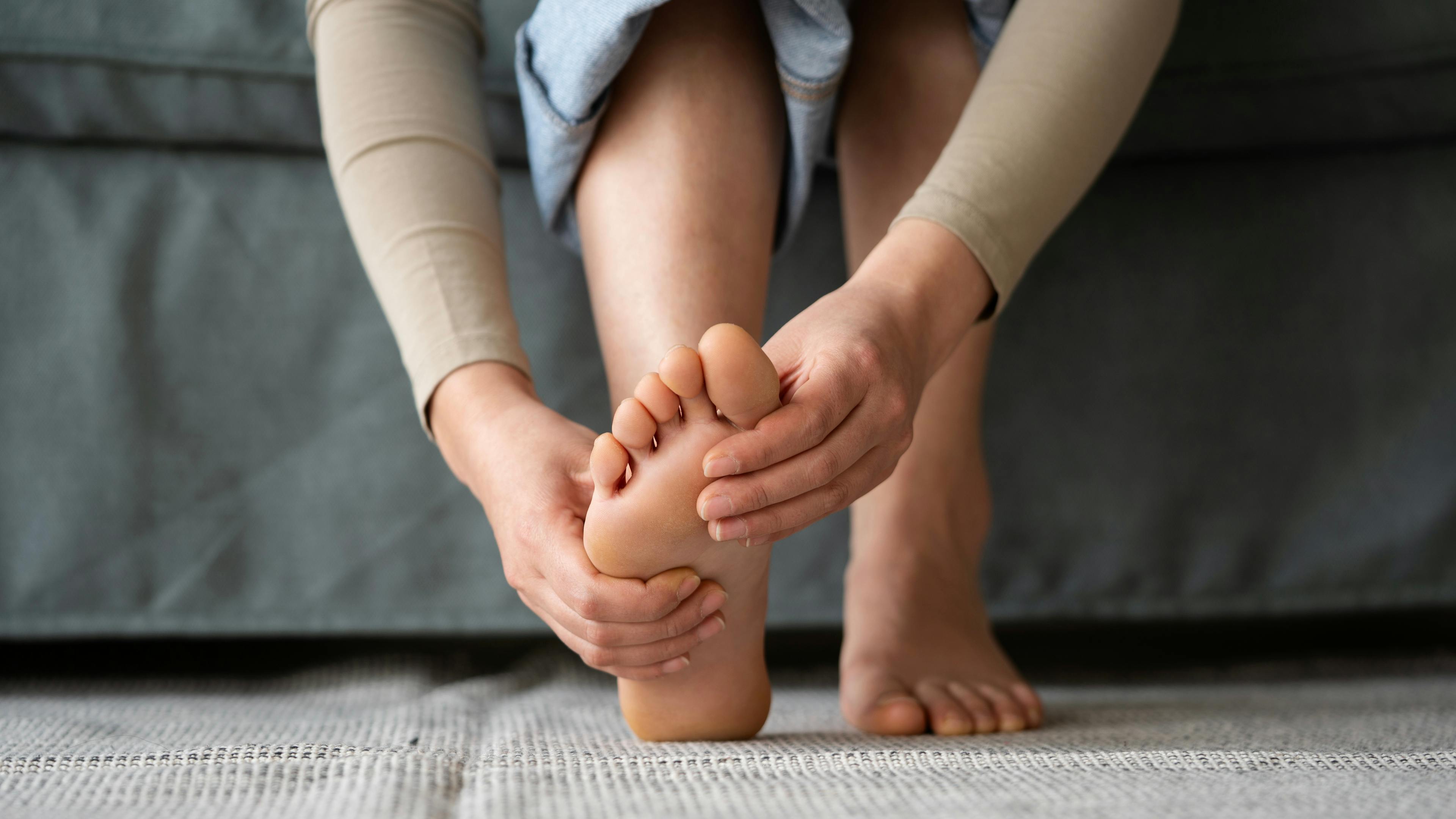Gout is a common type of inflammatory arthritis that can cause sudden and severe joint pain, often in the back of the big toe. These flare-ups result from uric acid crystal buildup in the joints and may occur without any clear warning signs.
The causes, symptoms, risk factors, and treatment options all influence how well gout can be controlled. For this reason, early attention and the right care approach can help reduce complications such as joint damage over time.
What is Gout?
Gout is known for causing sharp, sudden pain in the joints, but it’s more than just occasional discomfort. It’s a chronic condition that can flare up unexpectedly and affect everyday movement.
While the big toe is the most frequently affected joint, gout can also develop in the foot and ankles, knees, heels, elbows, wrists, and even fingers. This condition tends to occur in flare-ups, which can last for several days or weeks and may recur if left untreated.

Symptoms of Gout
Gout symptoms often appear suddenly, sometimes waking people up at night with intense discomfort in their joints. Signs of a flare-up may include:
- Sudden and severe joint pain
- Swelling, warmth, and tenderness in the affected joint
- Red or purplish skin over the joint
- Limited range of motion during a flare-up
These symptoms usually peak within 12 to 24 hours after onset and can subside within a few days.
How Long Does a Gout Attack Last?
A gout attack typically lasts 3 to 10 days, but the pain is most intense in the first 24 to 48 hours. Without appropriate treatment, future attacks may become more frequent or intense, and the flare-ups can last longer.
Gout Causes
The main cause of gout is an elevated level of uric acid in the bloodstream, also known as hyperuricemia. Uric acid is a natural waste product that forms when the body breaks down purines, substances found in certain foods and drinks like red meat, seafood, and alcohol.
Normally, uric acid dissolves in the blood and exits through the kidneys. However, when your body produces too much or doesn't eliminate enough, uric acid can accumulate and form sharp crystals in the joints.
Gout Risk Factors
Certain lifestyle and health factors can increase your risk of developing gout, including:
- Eating a diet high in red meat, shellfish, or sugary beverages
- Drinking alcohol, especially beer
- Struggling with excess weight or obesity
- Having high blood pressure, diabetes, or kidney disease
- Taking certain medications, such as diuretics or low-dose aspirin
- A family history of gout
Gout is more common in men than women and typically affects adults over 30, though it can occur at any age. While, men are more likely to develop gout than women, the risk increases for women after menopause.
Gout Treatment Options
Treatment for gout focuses on relieving pain during flare-ups, reducing inflammation, and preventing future attacks. A gout specialist may also recommend a combination of medication and lifestyle changes, depending on the severity and frequency of your symptoms.
Common treatment approaches include:
- Nonsteroidal anti-inflammatory drugs (NSAIDs): These reduce pain and swelling during flare-ups.
- Colchicine: A medication that can help reduce gout symptoms if taken soon after an attack begins.
- Corticosteroids: Used for severe flare-ups or when other medications aren’t effective.
- Urate-lowering therapy: Medications like allopurinol or febuxostat help reduce uric acid levels in your body to prevent future flare-ups.
FAQs
Yes. Gentle movement may support circulation and improve stiffness after the most intense phase of a flare passes. However, if walking worsens your symptoms, it’s better to rest and return to activity slowly as your joints start to feel better.
Staying hydrated plays an important role in helping the body remove excess uric acid through the kidneys. Some people find improvement when they cut out alcohol and limit high-purine foods during a flare. For lasting results, prescription medication remains the most dependable method for reducing uric acid and controlling symptoms.
Most specialists advise abstaining from drinking alcohol, eating foods high in purines (such as red meat or organ meats), and taking medications like diuretics unless prescribed. It’s also important to minimize pressure on the affected joint and avoid intense physical activity until the flare has resolved.
Red meat is often cited as a major trigger for gout because it contains high levels of purines. Other foods to remove from your diet include shellfish, sugary beverages, and alcohol. The best way to lower the frequency and severity of gout attacks is to limit red meat intake as much as possible.
No, lying down doesn’t automatically make gout worse, but keeping the inflamed joint below heart level for extended periods can increase swelling. For better relief, try resting with the joint supported and slightly elevated to reduce inflammation and improve circulation.




